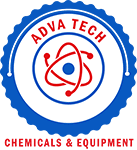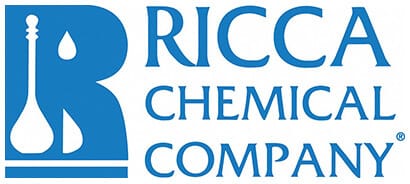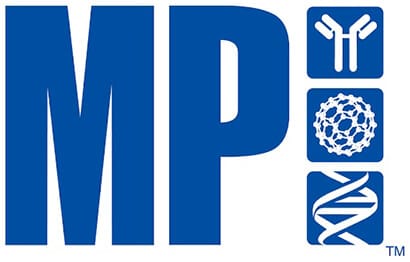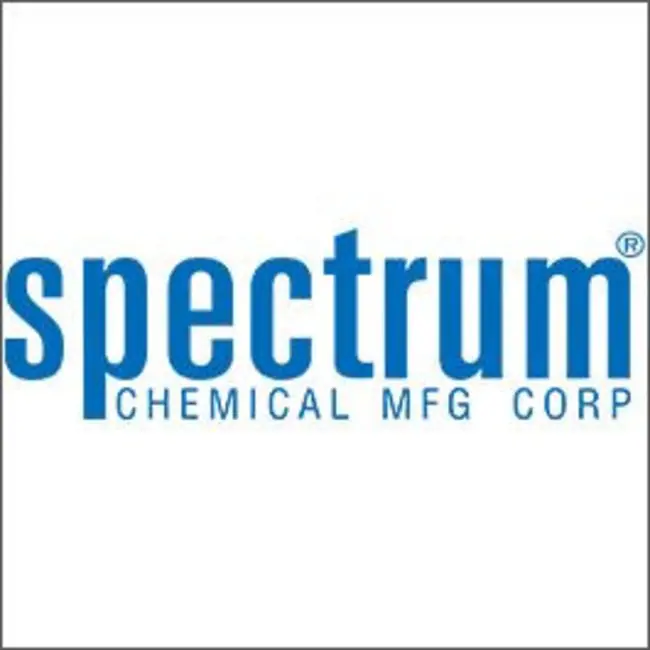2
Showing 1351–1400 of 1694 results
-

Stir bar, micro, PTFE, 13 mm long x 3 mm OD
$9.52 Add to cart View Product DetailsStir bar, micro, PTFE, 13 mm long x 3 mm OD
-
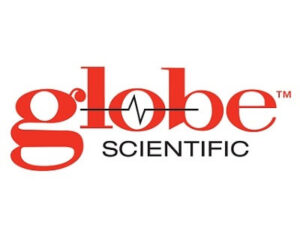
Stir bar, micro, PTFE, 7 mm long x 2 mm
$7.25 Add to cart View Product DetailsOD
-

Stir bar, micro, PTFE, 7 mm long x 2 mm OD
$8.58 Add to cart View Product DetailsStir bar, micro, PTFE, 7 mm long x 2 mm OD
-

Stir bar, oval, PTFE, 20 mm long x 10 mm
$11.87 Add to cart View Product DetailsOD
-

Stir bar, oval, PTFE, 20 mm long x 10 mm OD
$14.10 Add to cart View Product DetailsStir bar, oval, PTFE, 20 mm long x 10 mm OD
-

Stir bar, oval, PTFE, 25 mm long x 12 mm
$13.18 Add to cart View Product DetailsOD
-

Stir bar, oval, PTFE, 25 mm long x 12 mm OD
$15.65 Add to cart View Product DetailsStir bar, oval, PTFE, 25 mm long x 12 mm OD
-

Stir bar, oval, PTFE, 30 mm long x 16 mm
$19.04 Add to cart View Product DetailsOD
-

Stir bar, oval, PTFE, 30 mm long x 16 mm OD
$22.68 Add to cart View Product DetailsStir bar, oval, PTFE, 30 mm long x 16 mm OD
-

Stir bar, oval, PTFE, 35 mm long x 16 mm
$21.05 Add to cart View Product DetailsOD
-

Stir bar, oval, PTFE, 35 mm long x 16 mm OD
$24.99 Add to cart View Product DetailsStir bar, oval, PTFE, 35 mm long x 16 mm OD
-

Stir bar, oval, PTFE, 40 mm long x 20 mm
$26.98 Add to cart View Product DetailsOD
-

Stir bar, oval, PTFE, 40 mm long x 20 mm OD
$32.11 Add to cart View Product DetailsStir bar, oval, PTFE, 40 mm long x 20 mm OD
-

Stir bar, oval, PTFE, 50 mm long x 20 mm
$34.71 Add to cart View Product DetailsOD
-

Stir bar, oval, PTFE, 50 mm long x 20 mm OD
$41.35 Add to cart View Product DetailsStir bar, oval, PTFE, 50 mm long x 20 mm OD
-

Stir bar, pivot ring, PTFE, 12 mm long x
$8.35 Add to cart View Product Details4.5 mm OD
-

Stir bar, pivot ring, PTFE, 12 mm long x 4.5 mm OD
$9.95 Add to cart View Product DetailsStir bar, pivot ring, PTFE, 12 mm long x 4.5 mm OD
-

Stir bar, pivot ring, PTFE, 15 mm long x
$8.35 Add to cart View Product Details4.5 mm OD
-

Stir bar, pivot ring, PTFE, 15 mm long x 4.5 mm OD
$9.95 Add to cart View Product DetailsStir bar, pivot ring, PTFE, 15 mm long x 4.5 mm OD
-

Stir bar, pivot ring, PTFE, 20 mm long x
$8.83 Add to cart View Product Details6 mm OD
-

Stir bar, pivot ring, PTFE, 20 mm long x 6 mm OD
$10.51 Add to cart View Product DetailsStir bar, pivot ring, PTFE, 20 mm long x 6 mm OD
-

Stir bar, pivot ring, PTFE, 25 mm long x
$10.49 Add to cart View Product Details6 mm OD
-

Stir bar, pivot ring, PTFE, 25 mm long x 6 mm OD
$12.44 Add to cart View Product DetailsStir bar, pivot ring, PTFE, 25 mm long x 6 mm OD
-

Stir bar, pivot ring, PTFE, 30 mm long x
$21.74 Add to cart View Product Details6 mm OD
-

Stir bar, pivot ring, PTFE, 30 mm long x 6 mm OD
$25.89 Add to cart View Product DetailsStir bar, pivot ring, PTFE, 30 mm long x 6 mm OD
-

Stir bar, pivot ring, PTFE, 35 mm long x
$11.25 Add to cart View Product Details6 mm OD
-

Stir bar, pivot ring, PTFE, 35 mm long x 6 mm OD
$13.34 Add to cart View Product DetailsStir bar, pivot ring, PTFE, 35 mm long x 6 mm OD
-

Stir bar, pivot ring, PTFE, 40 mm long x
$13.80 Add to cart View Product Details8 mm OD
-

Stir bar, pivot ring, PTFE, 40 mm long x 8 mm OD
$16.46 Add to cart View Product DetailsStir bar, pivot ring, PTFE, 40 mm long x 8 mm OD
-

Stir bar, pivot ring, PTFE, 45 mm long x
$14.35 Add to cart View Product Details8 mm OD
-

Stir bar, pivot ring, PTFE, 45 mm long x 8 mm OD
$17.02 Add to cart View Product DetailsStir bar, pivot ring, PTFE, 45 mm long x 8 mm OD
-

Stir bar, pivot ring, PTFE, 50 mm long x
$15.73 Add to cart View Product Details8 mm OD
-

Stir bar, pivot ring, PTFE, 60 mm long x
$17.18 Add to cart View Product Details9.5 mm OD
-

Stir bar, pivot ring, PTFE, 60 mm long x 9.5 mm OD
$20.41 Add to cart View Product DetailsStir bar, pivot ring, PTFE, 60 mm long x 9.5 mm OD
-

Stir bar, pivot ring, PTFE, 70 mm long x
$21.05 Add to cart View Product Details9.5 mm OD
-

Stir bar, pivot ring, PTFE, 70 mm long x 9.5 mm OD
$24.99 Add to cart View Product DetailsStir bar, pivot ring, PTFE, 70 mm long x 9.5 mm OD
-
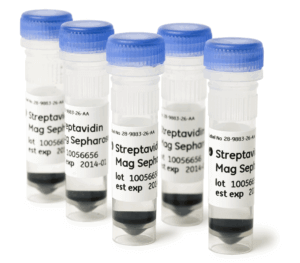
Streptavidin Mag Sepharose 2 x 1 ml
$264.36 Add to cart View Product DetailsStreptavidin Mag Sepharose 2 x 1 ml
-
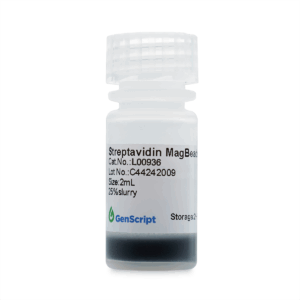
Streptavidin MagBeads
$142.31 Add to cart View Product DetailsIntended Use
GenScript Streptavidin
MagBeads are ideal for fast and convenient purification of biotinylated
proteins, peptides, antibodies and oligonucleotides, and protein interaction
studies.Principle
Add the sample containing
biotinylated molecules to the Streptavidin MagBeads and allow the molecules
bind to the MagBeads during a short incubation. Then separate the molecule‐bound beads with a magnetic separation rack. With indirect capture, mix
the biotinylated molecule with the sample to capture the molecule‐target complex before adding the MagBeads.Description of Material
GenScript Streptavidin MagBeads
are super paramagnetic beads of approximately 45-100
μm in diameter, covalently coated with highly
purified streptavidin. These magnetic beads are composed of magnetite core
encapsulated by agarose. The magnetic beads have streptavidin as its surface
protein which is 53kDa. in size having four binding site per molecule. These
beads have pH stability of 2 to 14 (short term); 3 to 13 (long term). The beads
are supplied as 25% slurry in phosphate buffered saline (PBS), pH 7.4,
containing 20% ethanol.Storage and Stability
This product is stable
until the expiration date stated on the COA, when stored unopened at 2–8°C. Do NOT freeze the product. Keep
the MagBeads in liquid suspension during storage and all handling steps. Drying
will cause loss of binding capacity and result in reduced performance.
Resuspend the beads well before use. Be careful to avoid bacterial/fungal
contamination. -

SupraGLN 100X, Stabilized Glutamine Supplement
$31.46 Add to cart View Product DetailsSupraGLN™, (pronounced soo-pra- gloo-tuh-meen) is a stabilized form of L-glutamine, which is a key component of mammalian cell culture media. SupraGLN serves as a major energy source for cell proliferation and is able to support overall cell health by promoting a more efficient metabolism.
-

SURE NO. 2 SALT MIXTURE
$156.60 Add to cart View Product DetailsSURE NO. 2 SALT MIXTURE
-
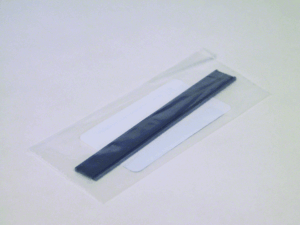
T SPACER PVC GRAY .75x105MM(PKG/2)
$79.50 Add to cart View Product DetailsT SPACER PVC GRAY .75x105MM(PKG/2)
-
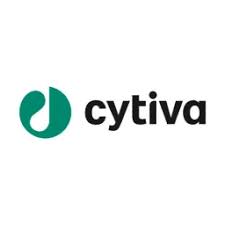
T SPACER PVC GRAY 1.5x105MM(PKG/2)
$79.79 Add to cart View Product DetailsT SPACER PVC GRAY 1.5x105MM(PKG/2)
-

T SPACERS 8CM X .75MM (PKG 2)
$80.83 Add to cart View Product DetailsT SPACERS 8CM X .75MM (PKG 2)
-

T SPACERS 8CM X 1.0MM (PKG 2)
$80.83 Add to cart View Product DetailsT SPACERS 8CM X 1.0MM (PKG 2)
-
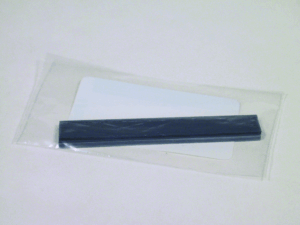
T SPACERS 8CM X 1.5MM (PKG 2)
$80.83 Add to cart View Product DetailsT SPACERS 8CM X 1.5MM (PKG 2)
-
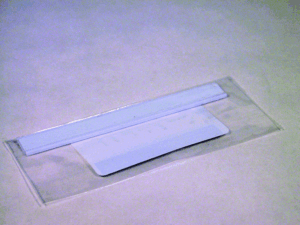
T SPACERS PVC WHITE 1x105MM(PKG/2)
$79.79 Add to cart View Product DetailsT SPACERS PVC WHITE 1x105MM(PKG/2)
-

TAE (10X), TRIS + Acetate + EDTA
$76.94 Add to cart View Product DetailsTAE (10X), TRIS + Acetate + EDTA
-

TAE (50X), TRIS + Acetate + EDTA
$214.39 Add to cart View Product DetailsTAE (50X), TRIS + Acetate + EDTA
-

Tank Adaptor for Novex XCell I, II & SureLock
$10.35 Add to cart View Product DetailsThe adaptor is for use with Novex XCell I, II & SureLock® gel tanks when running ExpressPlusᵀᴹ or SurePAGEᵀᴹ gels (8x10cm), see gel manual for detail.
-

TBE (5X), TRIS + Borate + EDTA
$49.50 Add to cart View Product DetailsTBE (5X), TRIS + Borate + EDTA
